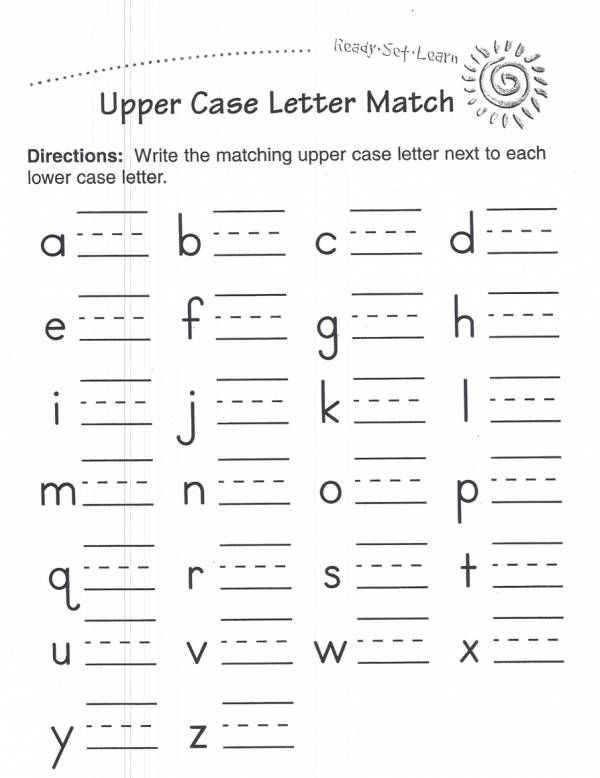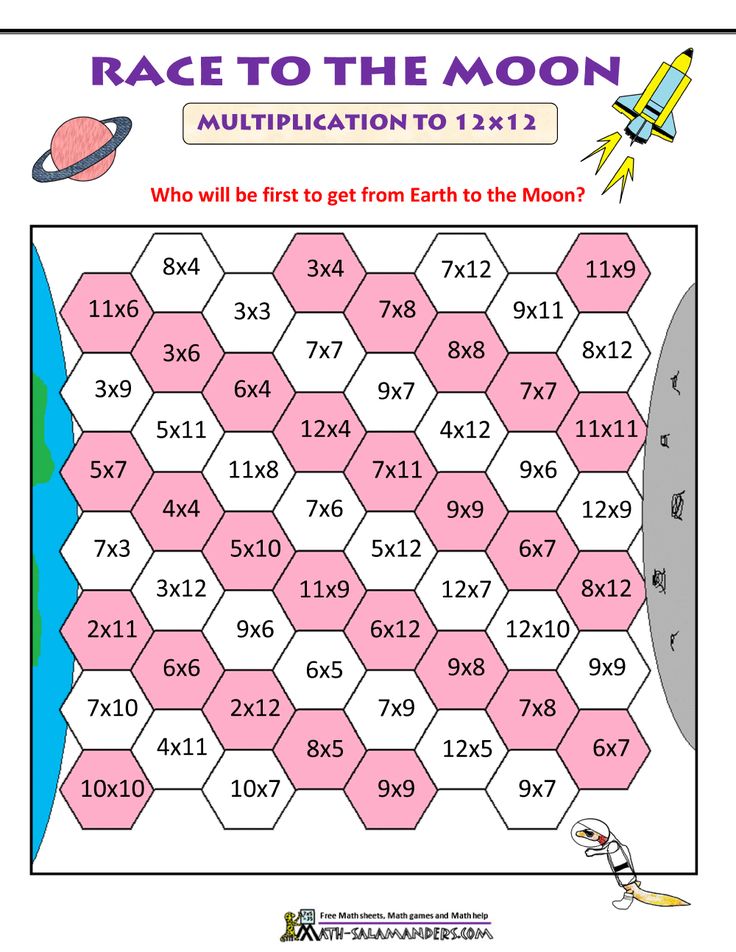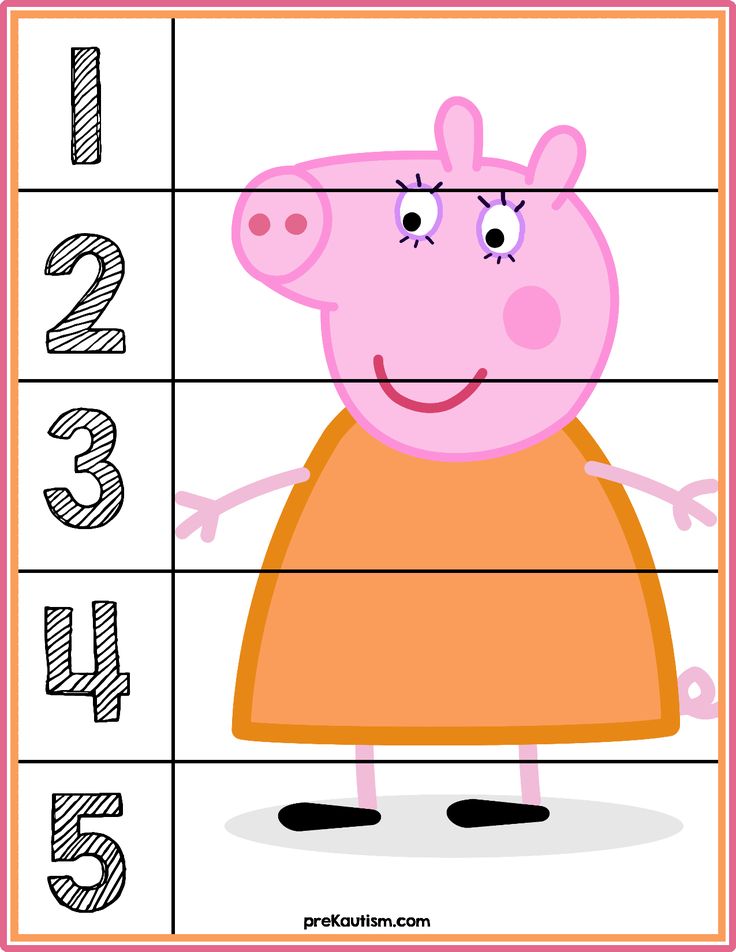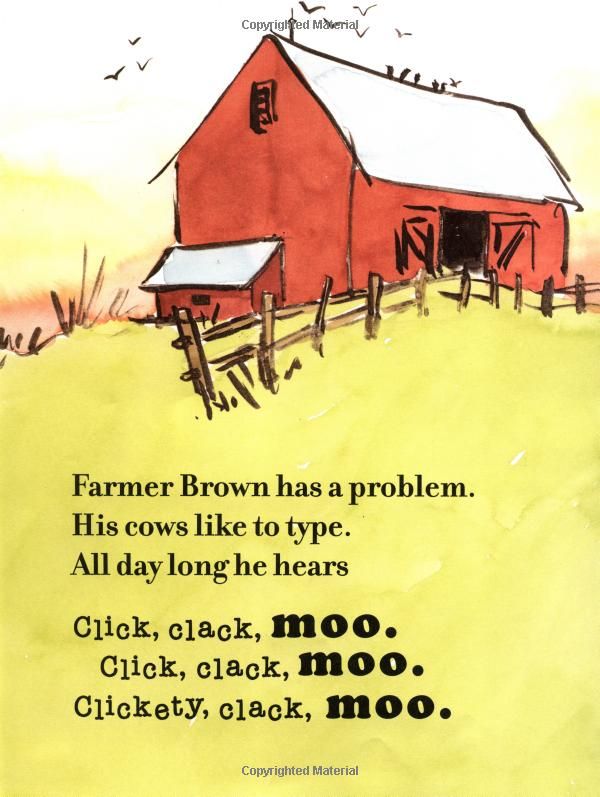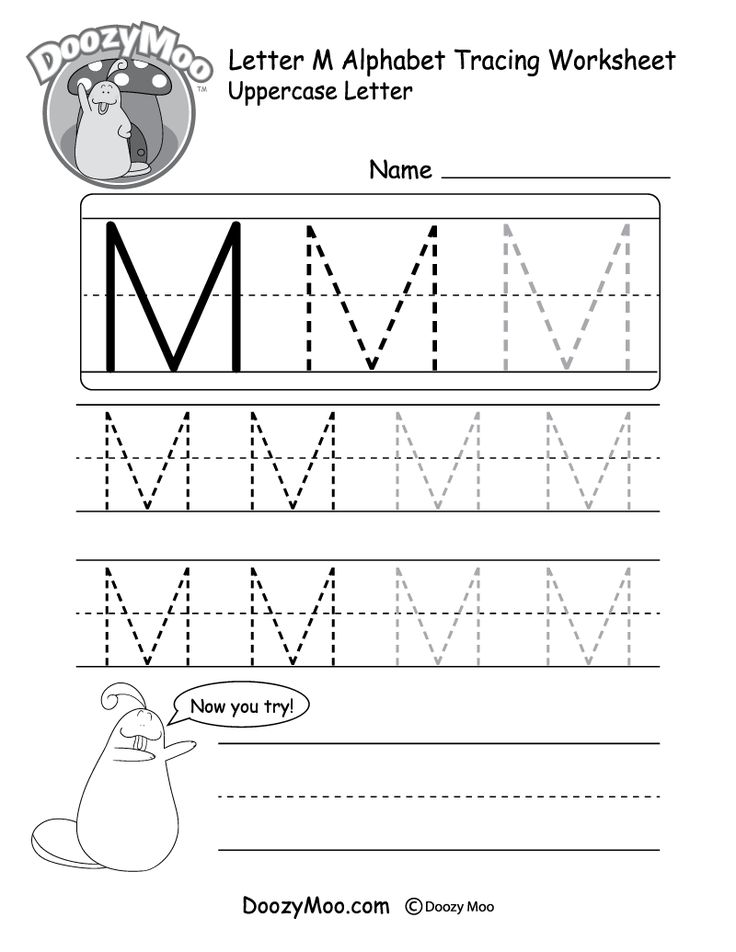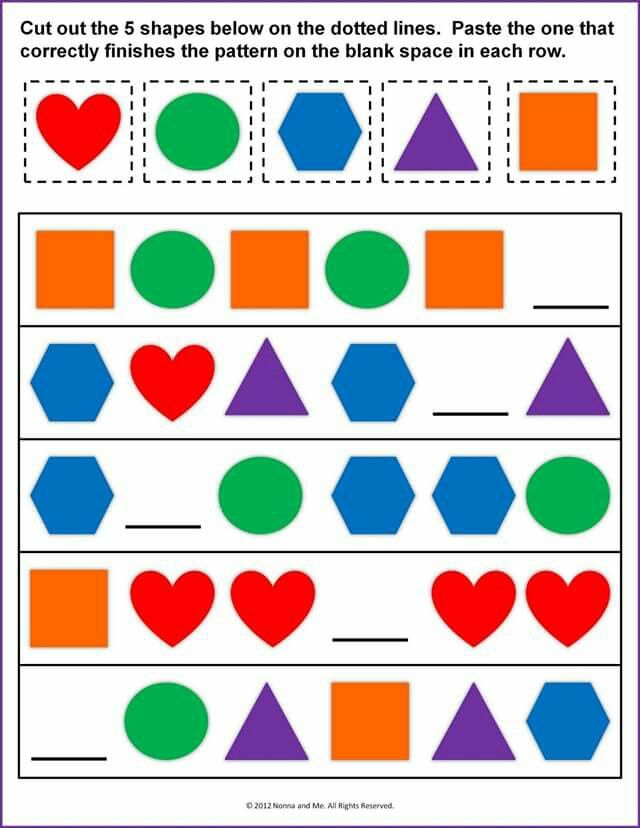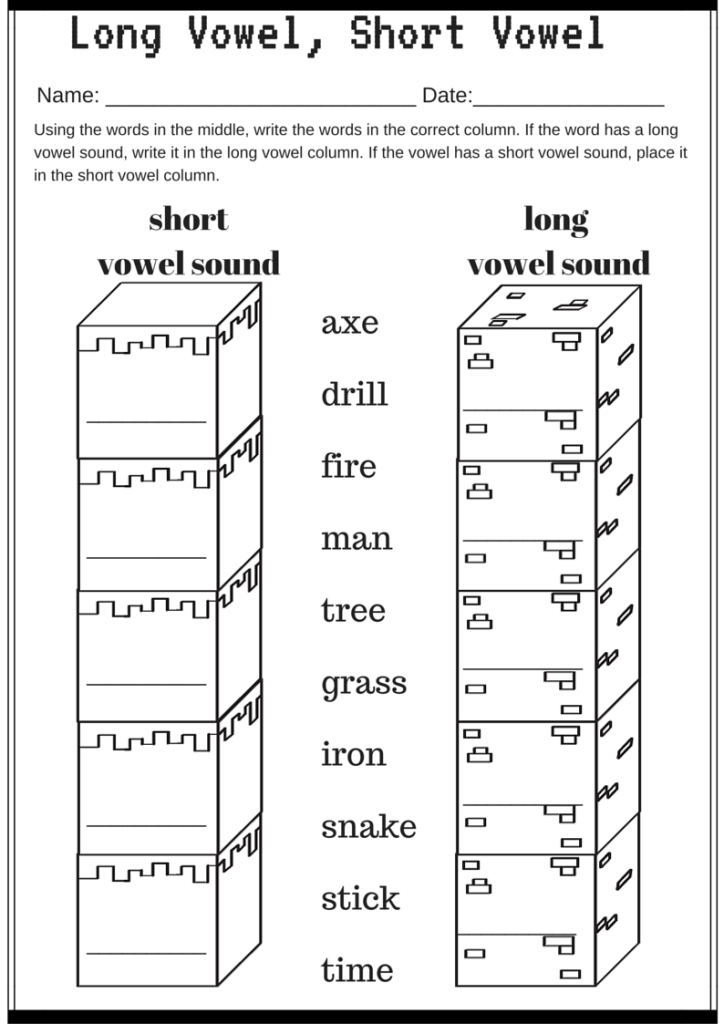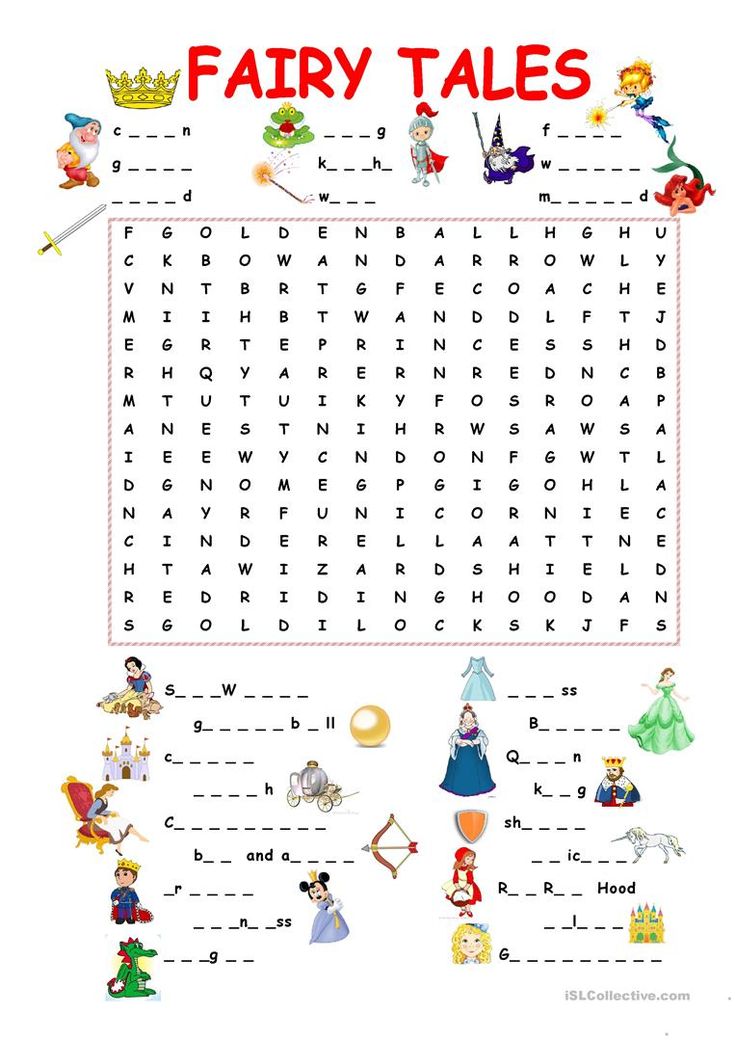Lower case practice
Alphabet - Lowercase Letters Archives FREE and No Login
Showing all 15 results
Sort by popularitySort by latestSort by price: low to highSort by price: high to lowPopular Today
Free Lowercase Letter Writing Worksheet – Free kindergarten worksheet and printable – Alphabet Letter Practice
Look at each letter and write the letter. This free Write the Lowercase Letters is great for kindergarten or pre-k students. Alphabet practice from A to Z.
Free Christmas Letter Matching Worksheet – A to H – Free Kindergarten and Printable Alphabet Matching – Letter Matching Practice
Draw a line to match the Uppercase and Lowercase letters. Color the matching letters the same color. Practice the recognizing the upper and lowercase letters by matching the letters from A through H. This is a fun winter activity for preschool and kindergarten students.
Free Christmas Alphabet Dot to Dot – Pre-K Worksheet – Printable Worksheet – Free Christmas Worksheet
Connect the lowercase letters to complete the picture and color.
Great for TK, preschool, and Kindergarten. This free printable worksheet provides great practice. It also helps strengthen the fine motor skills. Great for Pre-k and Kindergarten students. Enjoy!
Free Trace Lowercase D’Nealian Letters Worksheet – Free Lowercase Letters Printable Worksheet
Practice writing all the Lowercase letters with this free worksheet. Students look at each sample letter and copy it neatly on the lines. An alternative use of this page would be to ask students to write the uppercase letters next to each lowercase letter.
Free Santa Letter Writing Worksheet – Free Kindergarten Worksheet – Free Printable Worksheet
Practice reading and writing this free printable worksheet. Students will write all the lowercase letters in this cute Santa Letter for the month of Christmas. This is great writing practice lowercase worksheet.
Free Lowercase Letter Writing Practice -Christmas Gumdrops – Free Lowercase Printable Worksheet
Write the missing letters on the candy gumdrops.
 Early finishers can also color the candy. This is a great companion activity to any Gingerbread Man story or activity. Practice writing all the lowercase letters with this free worksheet. Students look at each sample letter and copy it neatly on the lines.
Early finishers can also color the candy. This is a great companion activity to any Gingerbread Man story or activity. Practice writing all the lowercase letters with this free worksheet. Students look at each sample letter and copy it neatly on the lines.Free Lowercase D’Nealian Letter Writing Worksheet – Free kindergarten worksheet and printable – Alphabet Letter Practice
Look at each letter and write the letter. This free Write the Lowercase Letters is great for kindergarten or pre-k students.
Free Lowercase Cursive Worksheet – Letters A to D – Printable
This free worksheet provides practice writing the letters A to D with cursive. Students trace and write the lowercase letters on each line. It is a fun free printable worksheet for cursive!
Free Lowercase Cursive Worksheet – Letters Q to T – Printable
This free worksheet provides practice writing the letters Q to T with cursive. Students trace and write the lowercase letters on each line.
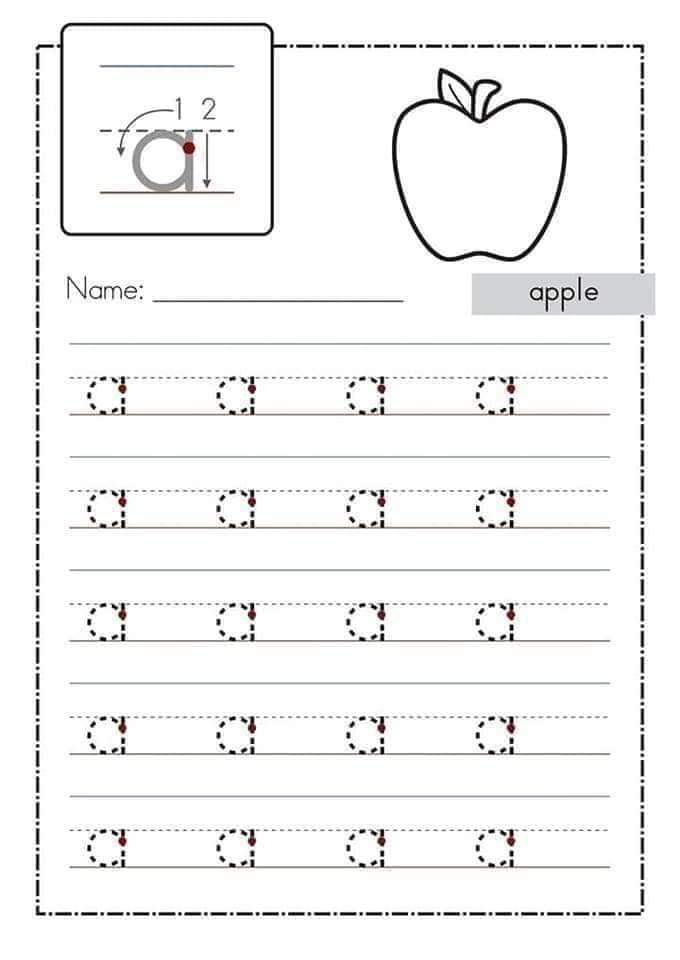 It is a fun free printable worksheet for cursive!
It is a fun free printable worksheet for cursive!Free Lowercase Cursive Worksheet – Letters E to H – Printable
This free worksheet provides practice writing the letters E to H with cursive. Students trace and write the lowercase letters on each line. It is a fun free printable worksheet for cursive!
Free Lowercase Cursive Worksheet – Letters Y and Z – Printable
This free worksheet provides practice writing the letters Y to Z with cursive. Students trace and write the lowercase letters on each line. It is a fun free printable worksheet for cursive!
Free Lowercase Cursive Worksheet – Letters M to P – Printable
This free worksheet provides practice writing the letters M to P with cursive. Students trace and write the lowercase letters on each line. It is a fun free printable worksheet for cursive!
Categories
Search for:
A-Z Uppercase Lowercase Letter Tracing Worksheets
Learning the ABC and practice writing the alphabet is among the very first things that kids spend a lot of time with teachers and parents exploring, teaching and learning together.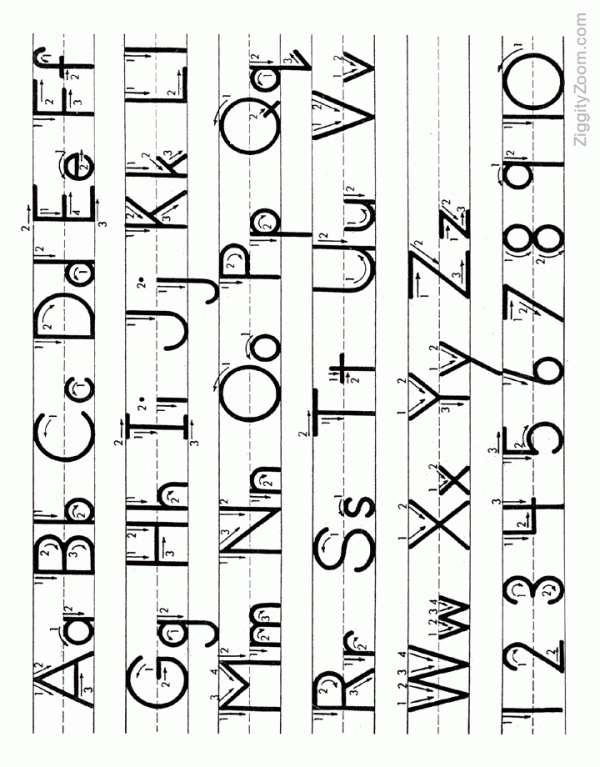 At this very early age, learning should be experienced through playing, practicing and repeating to make the whole process fun and easy for kids to absorb and remember.
At this very early age, learning should be experienced through playing, practicing and repeating to make the whole process fun and easy for kids to absorb and remember.
In previous posts, I presented a lot of alphabet coloring pages to help kids recognize all the letters from A-Z through coloring activities with both uppercase and lowercase letters. In this post, I’m introducing to you series of alphabet manuscript tracing worksheets. Happy playing & learning!
Related worksheets:
NEW! Cursive uppercase and lowercase handwriting practice sheets
Number practice worksheets
Free book report and writing worksheets
-
Blank Handwriting Practice Sheet
-
Blank Handwriting Practice Sheet with Guidelines
-
-
Alphabet Tracing Worksheet Letter A through Z Uppercase
-
Alphabet Tracing Worksheet Letter a through z Lowercase
-
Alphabet Tracing Worksheet Letter Aa through Zz Uppercase & Lowercase
Letter A Writing Practice Sheet
Letter B Writing Practice Sheet
Letter C Writing Practice Sheet
Letter D Writing Practice Sheet
Letter E Writing Practice Sheet
Letter F Writing Practice Sheet
Letter G Writing Practice Sheet
Letter H Writing Practice Sheet
-
Alphabet Tracing Worksheet Letter A
-
Alphabet Tracing Worksheet Letter B
-
Alphabet Tracing Worksheet Letter C
-
Alphabet Tracing Worksheet Letter D
-
Alphabet Tracing Worksheet Letter E
-
Alphabet Tracing Worksheet Letter F
-
Alphabet Tracing Worksheet Letter G
-
-
Alphabet Tracing Worksheet Letter H
-
Alphabet Tracing Worksheet Letter I
-
Alphabet Tracing Worksheet Letter J
-
Alphabet Tracing Worksheet Letter K
-
Alphabet Tracing Worksheet Letter L
-
Alphabet Tracing Worksheet Letter M
-
Alphabet Tracing Worksheet Letter N
-
Alphabet Tracing Worksheet Letter O
-
Alphabet Tracing Worksheet Letter P
-
Alphabet Tracing Worksheet Letter Q
-
Alphabet Tracing Worksheet Letter R
-
Alphabet Tracing Worksheet Letter S
-
Alphabet Tracing Worksheet Letter T
-
Alphabet Tracing Worksheet Letter U
-
Alphabet Tracing Worksheet Letter V
-
-
Alphabet Tracing Worksheet Letter W
-
Alphabet Tracing Worksheet Letter X
-
Alphabet Tracing Worksheet Letter Y
-
Alphabet Tracing Worksheet Letter Z
I’ve been using these alphabet tracing worksheets for my kids to practice writing when they were at preschool and kindergarten.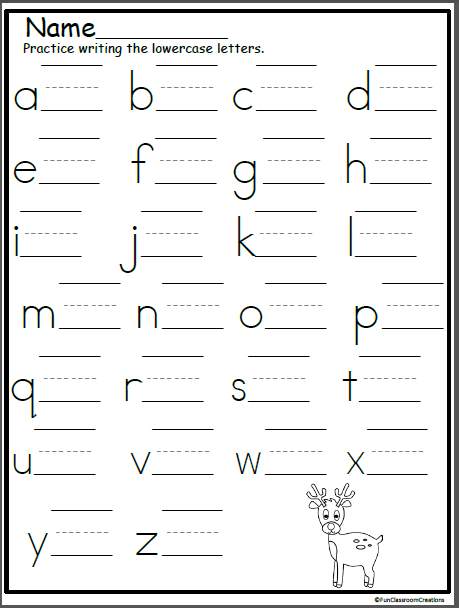 If you are a teacher or parent who happen to use the materials on this site and have feedback or suggestions for future materials, please feel free to add your comment using the form located at the bottom of the page. Much appreciated!
If you are a teacher or parent who happen to use the materials on this site and have feedback or suggestions for future materials, please feel free to add your comment using the form located at the bottom of the page. Much appreciated!
Posted in: Learning the alphabet, Tracing pages, Writing worksheets | Tagged: Alphabet tracing sheets, Featured posts | 8 Comments
4.2.4. Practical exercises for developing speech voice
Voice gymnastics for the development of registers: lower, middle and upper
Main position of parts of the vocal apparatus in preparation for the right sound: lower wall of the abdomen (abdomen) pulled up; chest during inhalation expands in its middle and lower parts, shoulders free, lower abdominal muscles regulate uniform smooth exhalation. Soft palate with small uvula raised (pharynx takes position yawn). The lower jaw is free, lips articulate those vowels from which the exercise starts or come after the consonant in the exercise.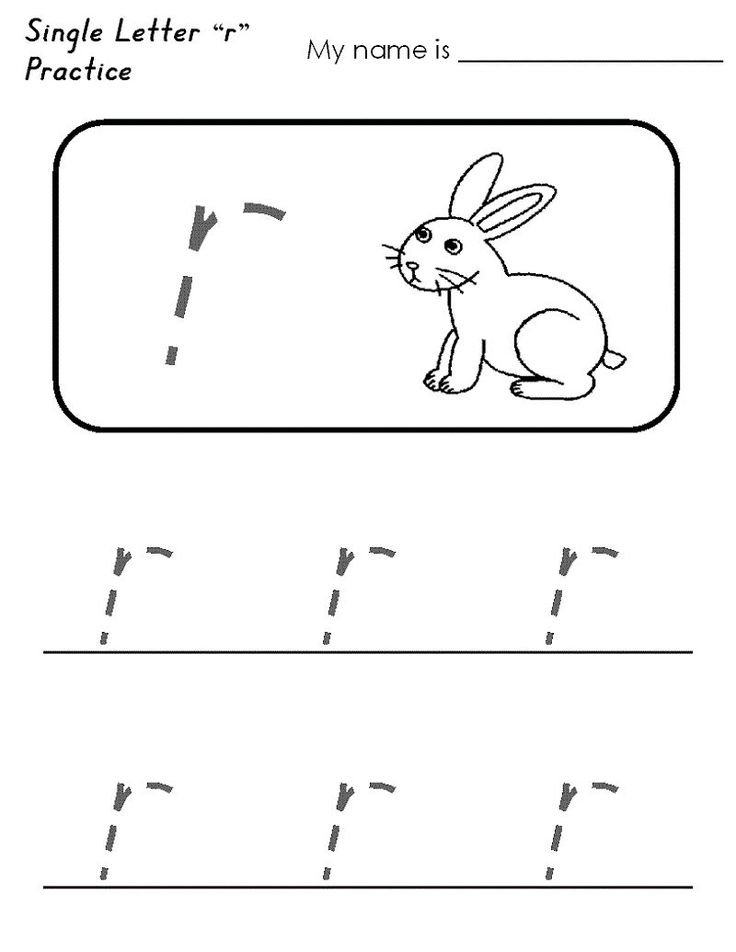
1. Exercise for feeling the lower register.
Become straight, legs slightly apart, left the hand rests on the top of the chest cells, right, bent at the elbow, vigorously unbending, moves down, as if hitting the ball on the floor, while pronouncing sound combinations "BA, BA, BA, BA, BA. Try feel the vibration of the sound in the chest cavity and resting it on the diaphragm at the same time. Sound send as low as possible. After each sound combinations to make air intake.
2. Exercise for feeling the upper register.
Become straight. Legs slightly apart, position body "on a peg", the palm of the left hand put on the crown, palm of the right hand, bent at the elbow, as if tossing ball up. Simultaneously pronounce sound combinations "MI, MI, MI, MI, MI. Send sound as high as possible. try to feel with the palm of the left hand, the vibration of the sound in head resonators, feel diaphragm support.
3. Exercise for feeling the middle register.
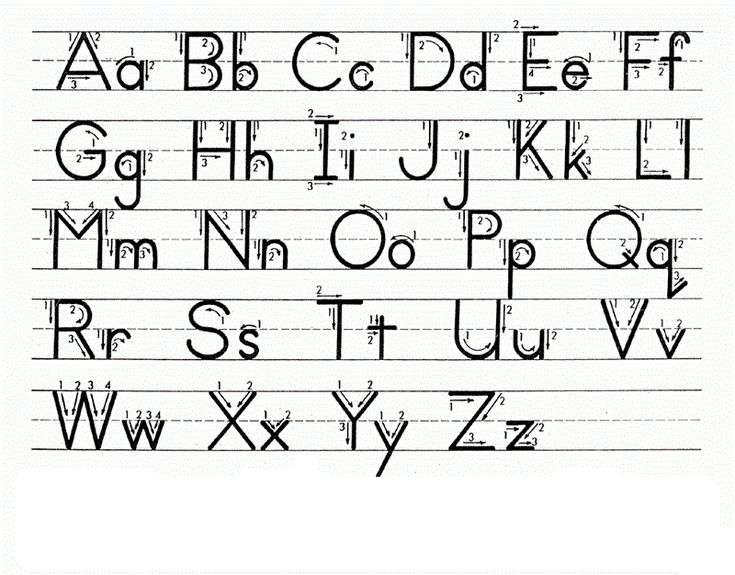
Become straight, legs slightly apart, position body "on a peg", the palm of the left hand put on the crown, the palm of the right hand on upper chest. Pronounce sound combinations "MA, MA, MA, MA, MA", sending sound forward, as if throwing the ball into the wall. Try to feel the vibration of the sound in all resonators - both in the lower and in the top. Simultaneous participation of the lower and uppercase gives the average sound, the so-called "medium register".
4. Execute exercise 1 in lower case, saying combinations: BA - BA - BA; BA - BA - BA; BA - BA - BA.
Straightaway after this exercise, go to third, pronouncing in the middle register combinations: MA - MA - MA; MA - MA - MA; MA - MA - MA, and then to the second, saying combinations: MI - MI - MI; MI - MI - MI; MI - MI - MI.
At it's like hitting the ball on the floor, on the wall, about the ceiling; do the same in reverse order, sending the sound up, forward, down: MI - MI - MI .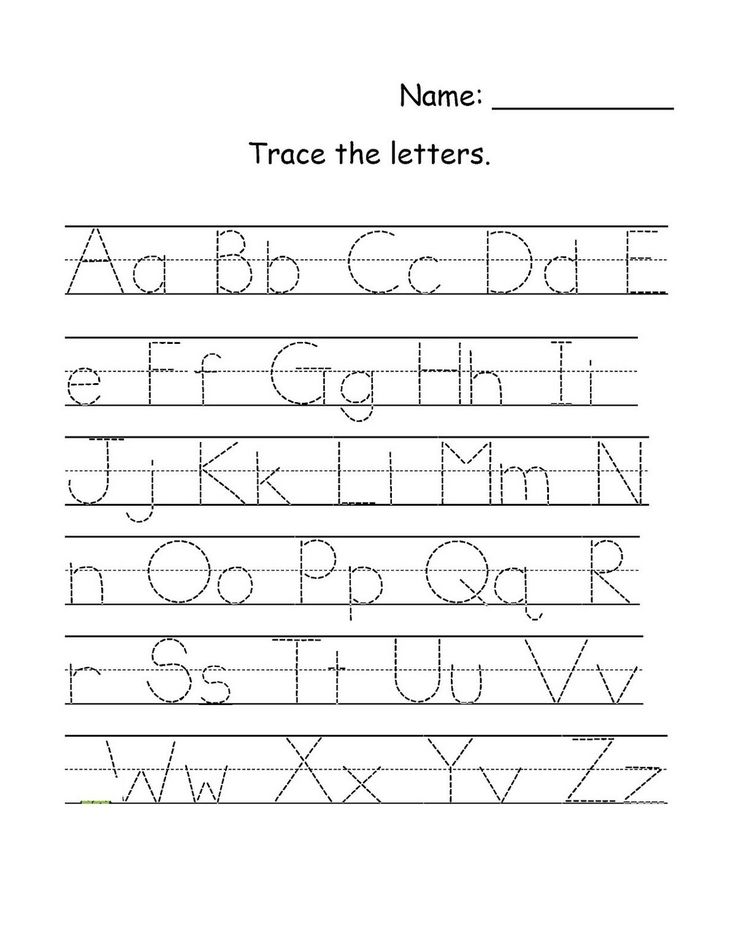 .. MA - MA - MA ... BA - BA - BA.
.. MA - MA - MA ... BA - BA - BA.
5. Run the same exercise with sound combination: YES, YES YES YES YES; YES YES YES YES YES YES, YES - YES - YES c lower, middle, upper case and back.
6. Run the same exercise with sound combinations: OH, OH, OH; OM, OM, OM; s using words: LEMON, LEMON, LEMON; SLEEP, COM; MIMOSA, MIMOSA, MIMOSA in lower, middle, upper case and back. See to it that the vibration of the sound felt in the resonators and corresponded trained register.
7. Run exercise 1 with raising the voice chromatic scale, and then with a decrease on the sound combination "BA" in lower case - by 4-5 semitones, gradually times from times increasing the number of promotions and lowering, thereby expanding the range vote.
8. Run exercise 2 with increase and decrease voices on a chromatic scale sound combination "MA" in middle register.
9. Run exercise 3 with increase and decrease voices on a chromatic scale sound combination "MI" in uppercase.
10. Run exercises 7, 8,9 using sound combinations: YES; YES YES YES; IS HE; OM; words: LEMON, MIMOSA.
11. Run all of the above exercises, increasing recitative voice, as if walking along "steps" first up, and then down. It uses intonation comma when listing when voice rises and falls evenly.
syllabic exercises with sonorant consonants help to arrange the sound, set its right direction, convenient, free, flying sound.
Voice gymnastics according to the system of A.N. Strelnikova
12. Become straight, legs slightly apart, arms hanging freely along the body. Fulfill semi-inclinations of the body forward with simultaneous moving hands back; in the same time pronounce the following sounds in the middle case and in the indicated Sequences: MI - MA, NI - NA, LI - LA, RI - RA, ZI - FOR, SI - SA, QI - CA, DI - YES, TI - TA, ZhI - ZHA, SHI - SHA, CHI - CHA, SCHI - SCHA, BI - BA, PI - PA, VI - VA, FI - FA, TI - GA, KI - KA, HI - HA, I - I.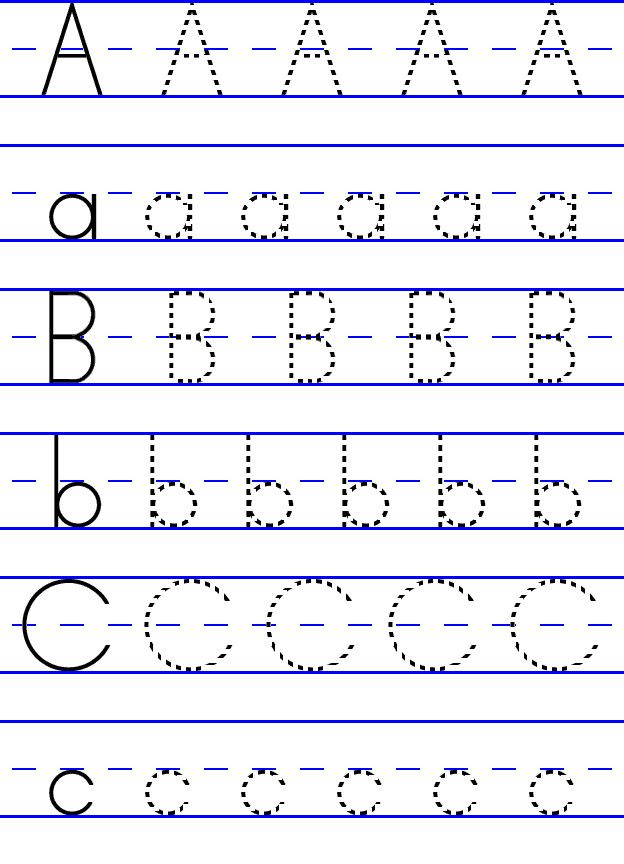
13. Initial the position is the same. Doing full bends cases down, hands as if collecting "an armful of hay" and straighten up. Simultaneously pronounce the same sound combinations in that the same sequence, but in the upper register.
14. Initial the position is the same. Do half squats slightly tilting the body back, muscles legs stretched, head on a "thick neck". Arms bent at the elbows, squeezing chest, moving crosswise, touching the shoulders with the thumbs (right left shoulder arm, and the left arm of the right shoulder). Simultaneously pronounce sound combinations of the previous two exercises, only in lower case.
15. All breathing exercises with a fixed exhalation can be performed using the sounds mentioned above. Voice should sound exactly the same height in middle register.
16. All the above developmental exercises resonators to perform with sound combinations:
MNIL - MNEL - MNAL - MNOL - MNUL - MNYL;
LIL - LEL - LAL - LOL - LUL - LYL;
NIN - NEN - NAL - NON - NUN - NOW;
RIR - RER - PAP - POP - RUR - RUR.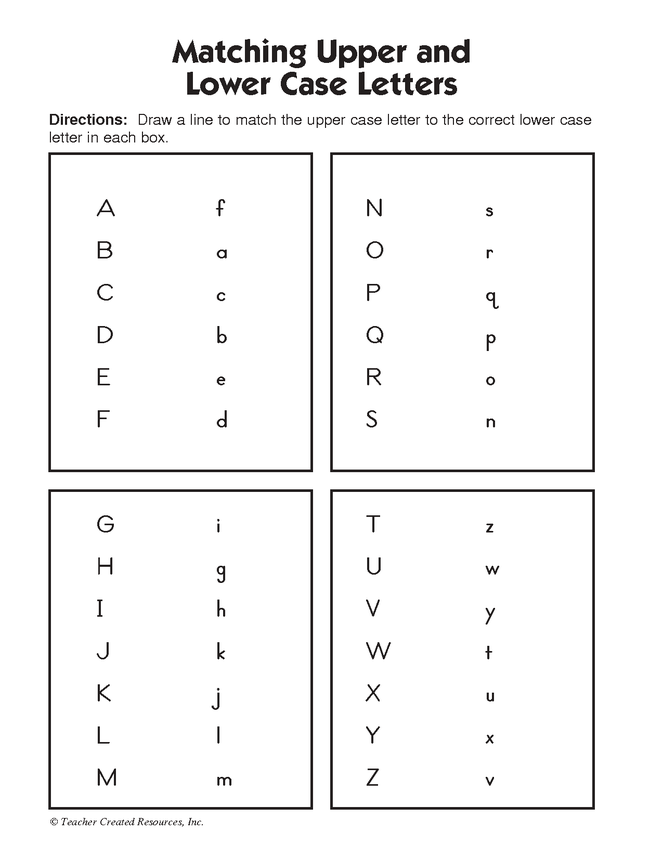
Sound, while doing all these exercises, should be continuous without shocks.
17. Sing on the sound of M songs:
Evening ringing (I. Kozlov)
Steppe and the steppe all around. (I. Surikov)
On don't wake her up in the morning. (A. Fet)
overgrown stitches-tracks. (Folk song)
Ouch, frost, frost. (Song of the Russian army)
Where you are now fellow soldiers. (AND Fatyanov)
lonely harmonic. (M. Isakovsky)
Podmoskovnye evenings. (M. Matusovsky)
In birch field stood. (Folk song)
Training correct sounding on the account, proverbs and short poetic texts
At selection of proverbs and other short texts should pay attention to so that they meet more stressed vowels, on which it is easier fix the right sound, and consonants that help hold sounds in resonators. Yes, those who have the sound of speech is open, it is better to use proverbs and poems with a predominance of "O", and those who have a clamped jaw, better train on the lines, where more often the sound "A" occurs.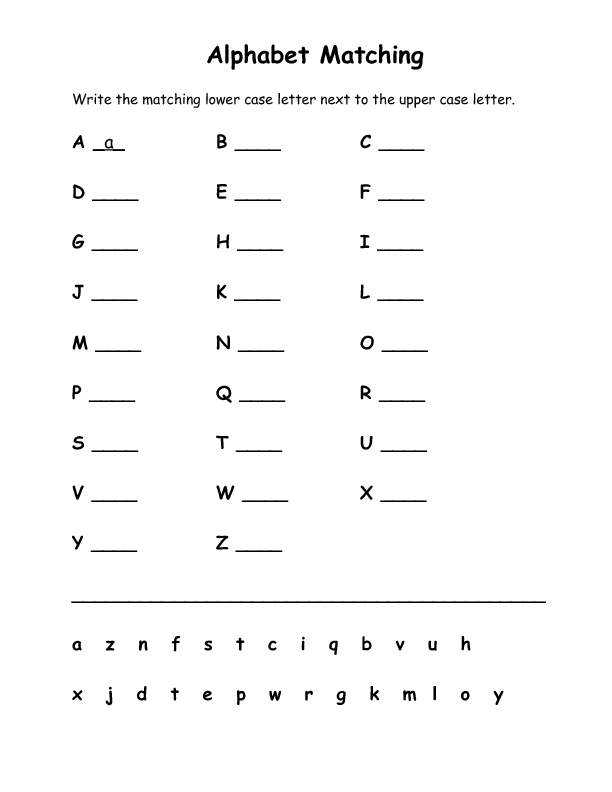 stressed vowels help keep the tone of the entire line.
stressed vowels help keep the tone of the entire line.
1. Account aloud with air intake after 1, 3, 5, 7, 10 units, etc. in three registers - in middle, top and bottom. Hold tone within one register during accounts at the same height.
2. Run voice exercises according to A.N. Strelnikova, using instead sound combinations of texts, pronouncing them first by syllables, then by words, and then together, not caring about exhalation:
NOT – RED – TO – FROM – BA – UG – LA – MI – A - KRAS - NA - PI - RO - GA - MI;
NOT - RED - HOUSE - ANGLES, - A - RED - WITH PIES;
NON-REDISBAUGLAMIAREDPIES.
XO – RO – SHA – MA – SHA – COG – YES – MA – MA - HVA - LIT;
good - WHEN MOM - PRAISE;
GOOD MASH WHEN MOM PRAISE.
YES – MA – SDA – VA – LA – VBA – GAM;
lady – CHECKED IN – BAGGAGE;
DAMASDAVALABGAGE.
MA – MA – SHA – RO – MA – SH – YES – LA – SY - IN - MOUTH - KU - FROM - UNDER - PROS - TO - KVA - SHI;
MILF – chamomile – gave – serum – from – under - curdled milk;
MAMASHAROMASHEDA WHITE COLLAR.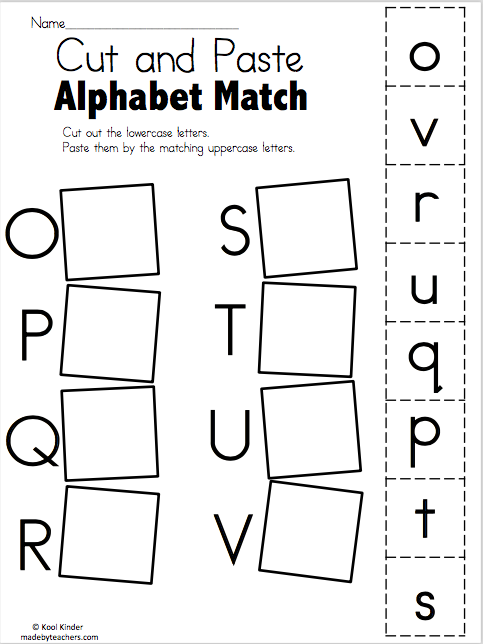
red - BUT - PO - LE - PSH - NOM - A - SPEECH – Y – MOM;
RED - FIELD - MILLET - ARECH - MIND;
KRASNOPSHENOMARECHUM.
PRO – IN – RO – NI – LA – IN – RO – ON – IN - RO - NYON - KA;
miss - CROW - CROW;
CROW CROW CROW.
KA – KO – VO – VO – LO – KNO – TA – KO – IN - I - PO - LOT - BUT;
what is - FIBER - SUCH - AND - CLOTH;
WOOD FIBER AND FABRIC.
be – FRIEND – YES – NOT SUDDENLY;
befriend - DANEVDROUG;
BE DRUGDANEVER.
20. Floors.
Position bodies "on a peg". Count the floors raising your voice by one tone evenly after each floor: GROUND FLOOR, SECOND FLOOR FLOOR, THIRD FLOOR, FOURTH FLOOR, FIFTH FLOOR, SIXTH FLOOR.
Then count backwards, lowering voice after each floor: SIXTH FLOOR, FIFTH FLOOR, FOURTH FLOOR, THIRD FLOOR, SECOND FLOOR, GROUND FLOOR, BASEMENT.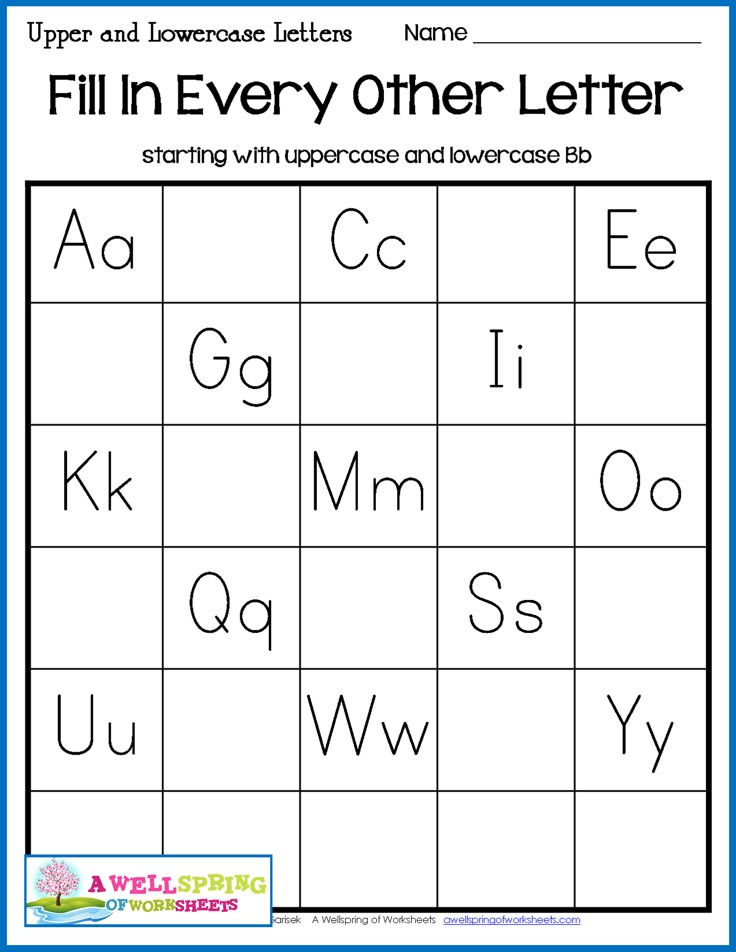
Training votes up and down short lines of poetry elongated line, according to, on using different paces sound power development
1. Say in one breath and even average sounding first one line of poetry text, then two, then three and then four lines as one line.
ON. Nekrasov "Moroz red nose":
Not the wind rages over the forest;
Not the wind rages over the forest,
Not streams ran from the mountains;
Not the wind rages over the forest,
Not streams ran from the mountains -
Frost voivode patrol;
Not the wind rages over the forest,
Not streams ran from the mountains -
Frost voivode patrol
Bypasses their possessions.
2. Say this text is on an even sound on average case, upper and lower case, making additional air after each line:
Not the wind rages over the forest – air intake
Not streams ran from the mountains - addition air
Frost voivode patrol – air intake
Bypasses their possessions.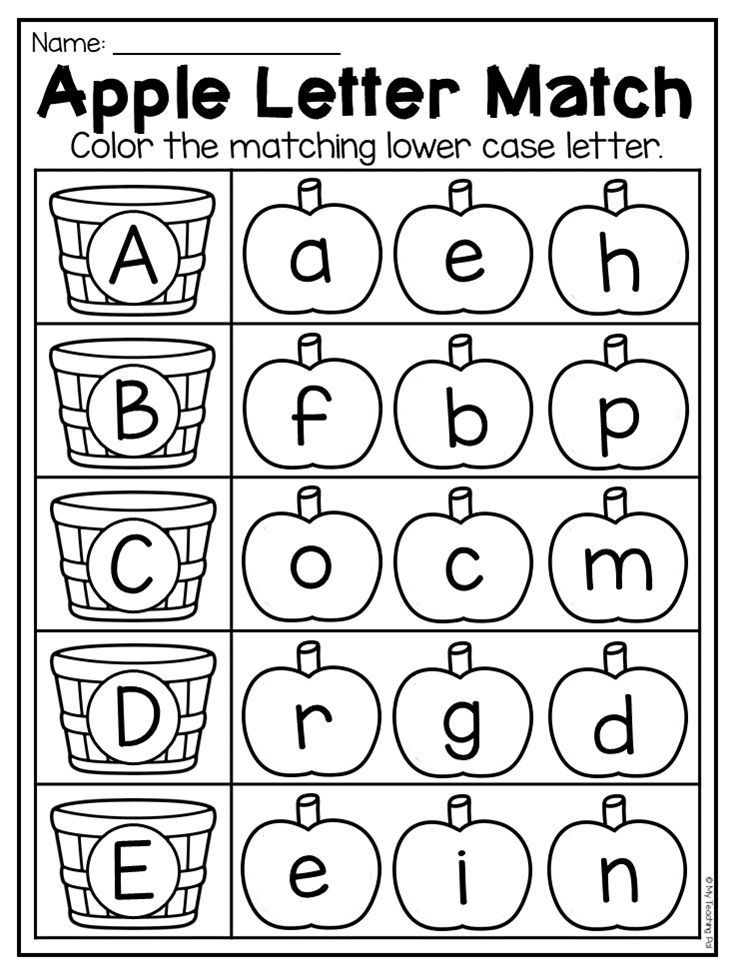
3. Say the same words with rise and fall voices in semitones line by line.
4. Increase and lowering the voice in a singsong voice.
5. Say the same words, raising and lowering your voice, reading one line in recitative, and the second in a singsong voice, after each line do air intake:
Not the wind rages over the forest, - recitative
Not streams ran from the mountains – in a singsong voice
Frost voivode patrol – recitative
Bypasses their possessions. - singsong
6. Increase and lowering the voice for words with dobor air after each word:
Not wind
rages
over Boron,
Not from the mountains
ran
Brooks —
Frost
governor
patrol
Bypasses
property
own
7.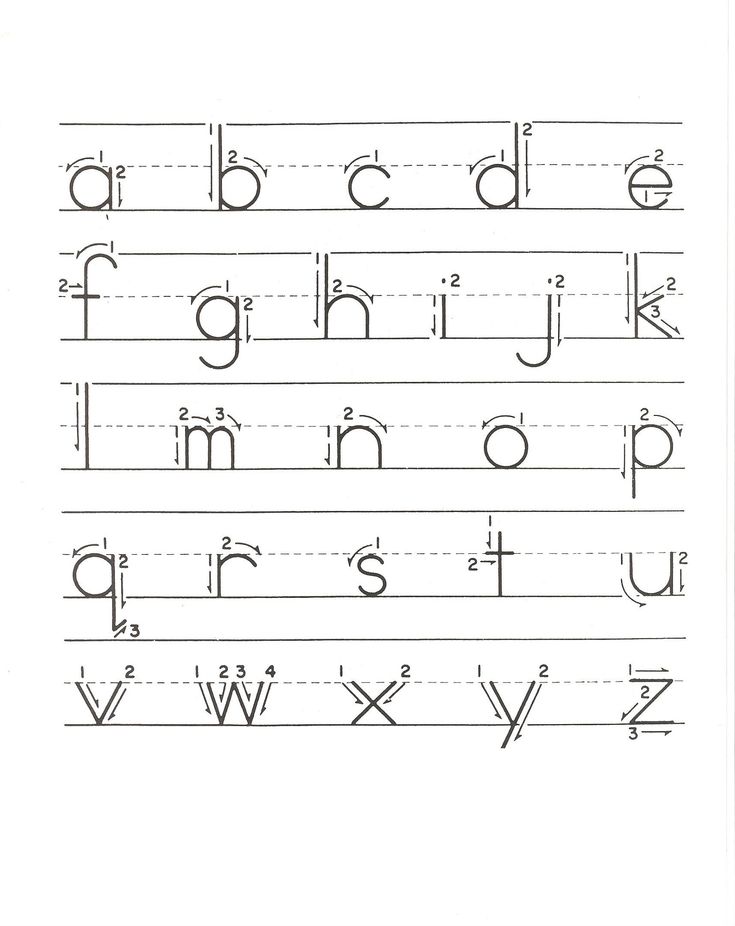 Say the same text with acceleration and deceleration tempo.
Say the same text with acceleration and deceleration tempo.
8. Alternation slow and fast stitches simultaneous increase and decrease voices while reading the same text (recitative).
9. Alternation slow and fast melodious lines pronunciation at the same time promotion or demotion in the lines, rise in semitones.
10. Alternation one slow line recitative with one fast line in a singsong voice. After each line - addition air.
11. Alternation one slow line (singsong) with one fast (recitative) with simultaneous increase or decrease tone within the set range. Ensure that the slow pace is provided not pauses between words, but slow pronouncing the words themselves.
12. To do the same exercise in reverse order, i.e. start with a fast line, and pronounce the second slowly.
13. Accelerated raising and lowering the voice recitative.
14. Accelerated raising and lowering the voice in a singsong voice (according to the chromatic scale). Follow the smooth transition from the word by the way.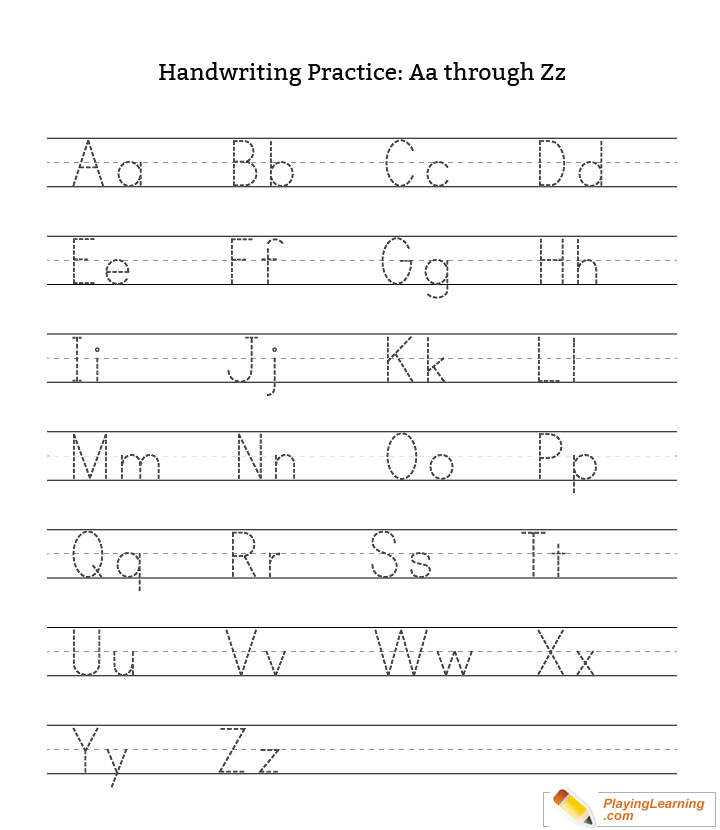
15. Promotion voices by words recitative in slow tempo and drop according to recitative words at a fast pace. Work is carried out according to the entire range.
16. Run the same exercise in reverse.
17. Gradual speed change at the same time promotion or demotion verbal way. Every line changes in pace. At the very top (comfortable for the voice) steps of speech line range are pronounced with greatest speed and ease, after which is lowered and at the same time slowing down each line in speech steps. On the lowest step range of stitches are pronounced most slowly.
18. Promotion or lowering the voice line by line with simultaneous speed change (in a singsong voice). This exercise is carried out the same as the previous one. Only promotion and the voice goes down semitones smoothly, without a sharp transition from slow to fast.
19. Alternation one slow stitch and two fast stitches recitative in one breath and one height. The purpose of the exercise is to develop stability of breathing and sound at large speech period with sudden changes in tempo.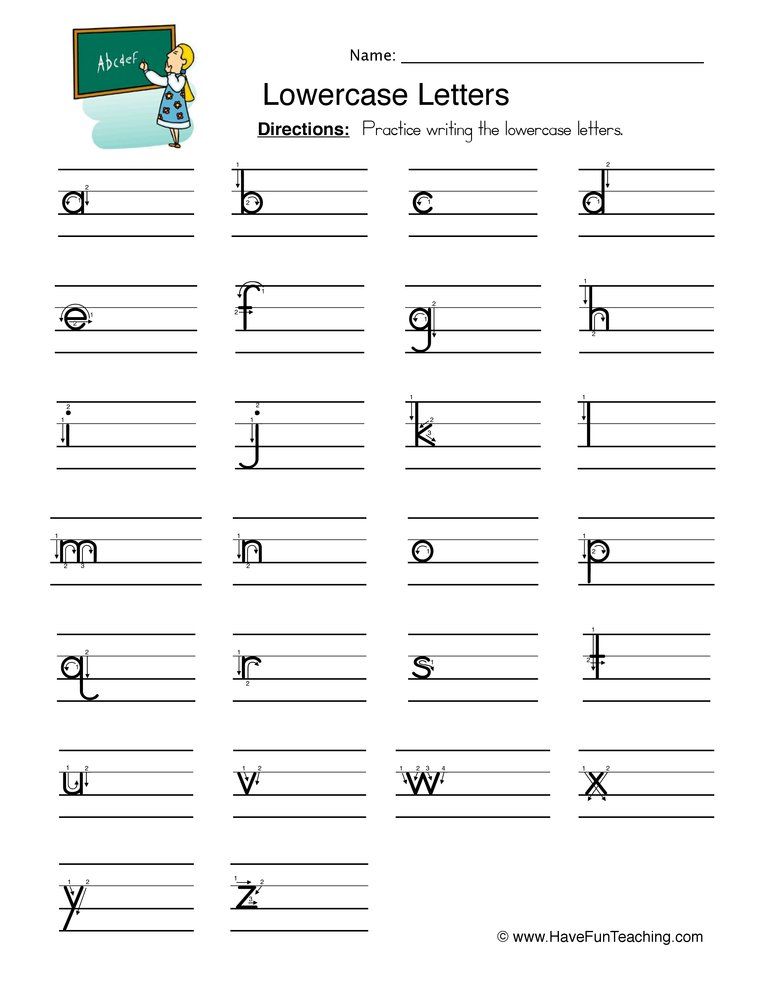
20. Alternation one slow line and two fast lines sung in one breath and one height. Exercise should be done the same as the previous one, but increasing and the reduction occurs in semitones.
21. Alternation one slow chant line and three fast recitative. All four lines should sound the same. Latest three lines are pronounced without pauses, as one line, one breath.
Methodical indications: in all exercises for acceleration in lines should be avoided too high and too low steps of the range, so disappears at very low volume its flight, and at very high steps voice sometimes becomes shrill. It must also be remembered that at a fast pace of speech is not needed great sound power.
Exercise for the development of the power of sound:
David Jones. Lower case in women. How to build a bottom transition.
Lower case for women. How to build a bottom transition.
I have received such a large number of letters regarding the work with the lower soprano and especially the mezzo that I decided to write an article dedicated to this problem.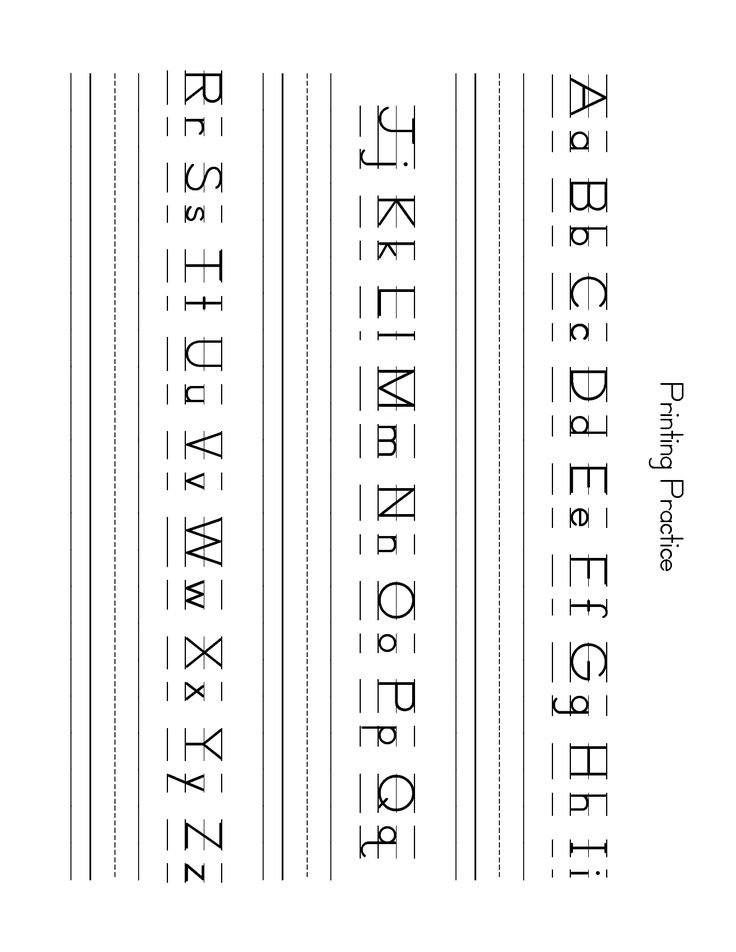 Many of us have seen singers who, during performances or master classes, struggled desperately with the problem of falling into a lower register. This problem is exacerbated when it comes to oratorios or chamber repertoire, especially if they sing in the baroque system. This requires the singer not only to overcome the transition to the lower register once, but also to confidently return to it where it is written in the text. How can this transition be smoothly overcome? What vocal tricks can make traveling through registers easy? What exercises can help with this? How to mix the chest register and mixed so that they are combined in color and timbre?
Many of us have seen singers who, during performances or master classes, struggled desperately with the problem of falling into a lower register. This problem is exacerbated when it comes to oratorios or chamber repertoire, especially if they sing in the baroque system. This requires the singer not only to overcome the transition to the lower register once, but also to confidently return to it where it is written in the text. How can this transition be smoothly overcome? What vocal tricks can make traveling through registers easy? What exercises can help with this? How to mix the chest register and mixed so that they are combined in color and timbre?
Serious break in lower case: definition of lower transition.
The majority of singers who are interested in smoothing out the bottom transition are mezzo-sopranos. Nevertheless, this theme is also important for high sopranos. Especially when you need to go down to the chest register (chest mechanism) for one and two notes, and then rise again to a lighter register (mixed, head voice).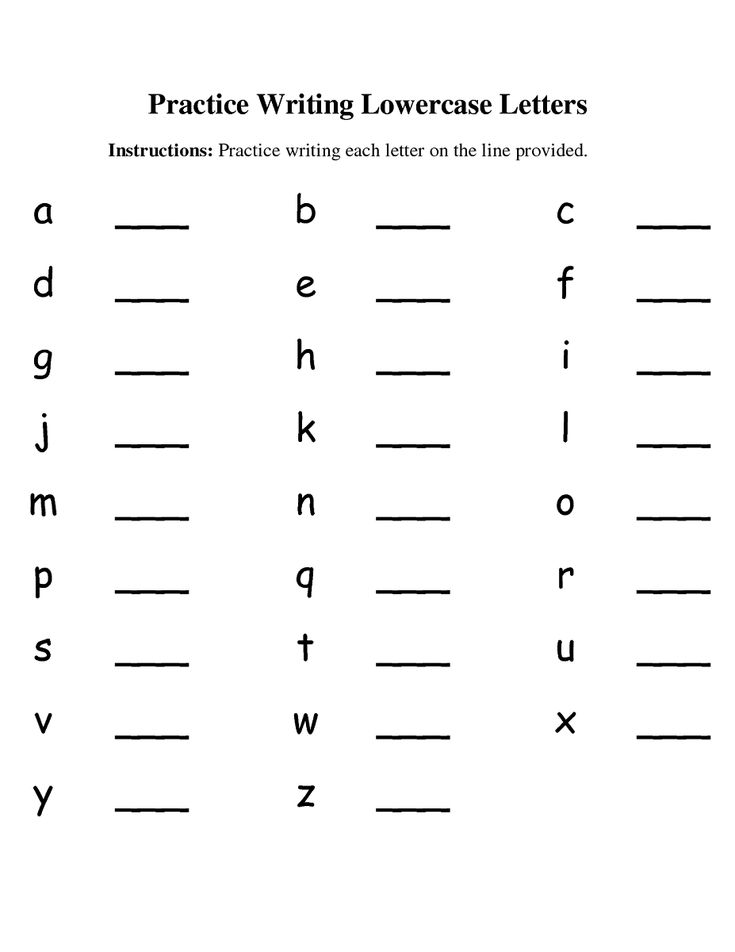 An example is Susanna's aria from Mozart's Marriage of Figaro. But for mezzo sopranos, such places are more of a problem, because, as they are more common, it is necessary for singers to sing in a lower tessitura. Many professionals define the boundary of the lower transition as the E-flat of the first octave. As a teacher, I am often asked one question: "When do I use a chest voice, and when do I use a head voice?" The answer is very simple. It is usually easier to keep low notes in your head if they fall on closed vowels "i" or "e". This is also true for the Italian letter "U". However, on more open vowels, such as the Italian "O" or "A", the singer needs to shift to the chest register earlier. It's also possible if the bottom note is at the end of a phrase and you don't have enough breath for it. Another factor that determines the transition is the interval. If there's a big jump down, it's easier to use the chest mechanism on notes below the E flat of the first octave. This process of balancing between registers in a particular phrase is called 'orchestrating for the voice': you need to sing each particular phrase, and individually determine where it is more convenient to use the chest mechanism (chest voice or heavy mechanism), and where the head (head voice) or light mechanism).
An example is Susanna's aria from Mozart's Marriage of Figaro. But for mezzo sopranos, such places are more of a problem, because, as they are more common, it is necessary for singers to sing in a lower tessitura. Many professionals define the boundary of the lower transition as the E-flat of the first octave. As a teacher, I am often asked one question: "When do I use a chest voice, and when do I use a head voice?" The answer is very simple. It is usually easier to keep low notes in your head if they fall on closed vowels "i" or "e". This is also true for the Italian letter "U". However, on more open vowels, such as the Italian "O" or "A", the singer needs to shift to the chest register earlier. It's also possible if the bottom note is at the end of a phrase and you don't have enough breath for it. Another factor that determines the transition is the interval. If there's a big jump down, it's easier to use the chest mechanism on notes below the E flat of the first octave. This process of balancing between registers in a particular phrase is called 'orchestrating for the voice': you need to sing each particular phrase, and individually determine where it is more convenient to use the chest mechanism (chest voice or heavy mechanism), and where the head (head voice) or light mechanism).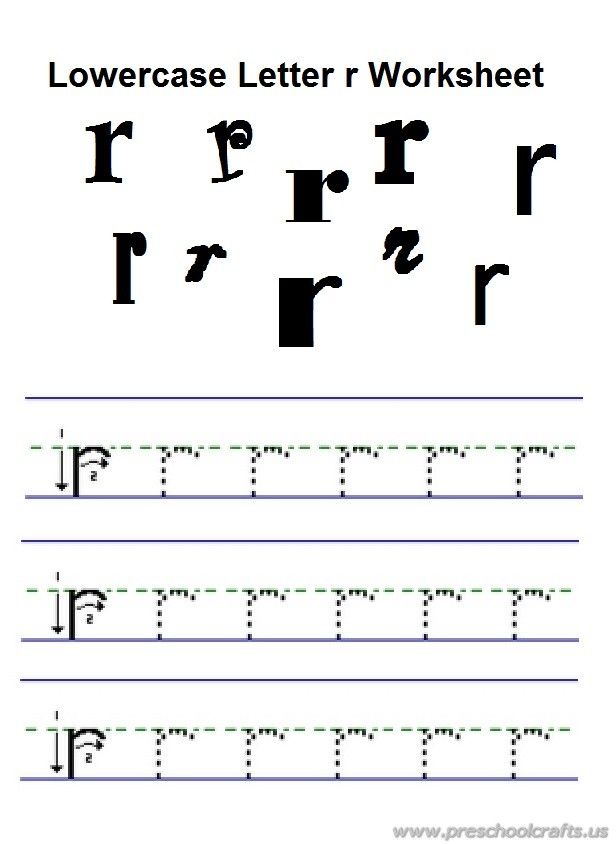
Break or change to lower case.
The Italian school always implies a purposeful "narrowing" of vowels during the transition to another register. This is achieved by rounding the mouth to an oval shape. This is usually required in the upper transition near the mi - fa of the second octave. However, this also applies to the lower transition in women. Vowels that are too open create what Alan Lindquest called "register breaking" - a term I use often in my classes. This means that there is a perceptible break in sound science when the vowels are too wide and open. The chest and head registers become too different in timbre and color. By opening the mouth less widely, rounding the corners of the mouth, the singer is able to move from register to register more smoothly, due to the fact that the larynx takes a lower position, and the soft palate - a higher one. This helps the ligaments to close more fully, creating a full and well-aligned sound in the lower register.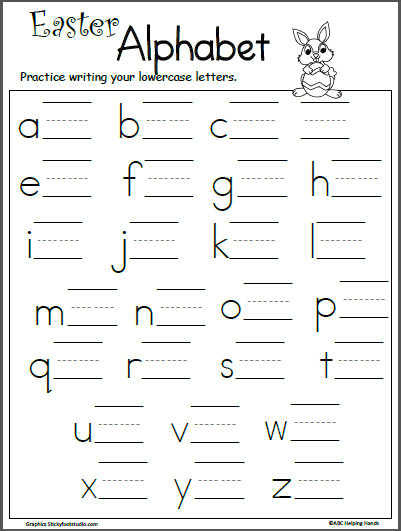 The result of the "smile technique" is a thin throaty sound with a lack of warmth in the timbre. And in this case, musicality has to be completely sacrificed, since the singer feels that her voice can break at any moment. The reason for this feeling is insufficient closure of the ligaments. I have often seen singers open their mouths too wide, resulting in problems with register balance.
The result of the "smile technique" is a thin throaty sound with a lack of warmth in the timbre. And in this case, musicality has to be completely sacrificed, since the singer feels that her voice can break at any moment. The reason for this feeling is insufficient closure of the ligaments. I have often seen singers open their mouths too wide, resulting in problems with register balance.
Solution: Practice by looking in the mirror. It is better to have two mirrors for this case, so that you can control both the position of the face and the entire profile.
Subglottic pressure control.
Another important factor for proper register alignment is the judicious use of subglottic pressure. Many singers feel so insecure in this part of the range that they too often hold their breath at the level of the throat, not allowing the right amount of air to flow through the glottis. This can deprive the singer of half of his usual sound power, and at concerts such a singer may be completely inaudible in the lower register.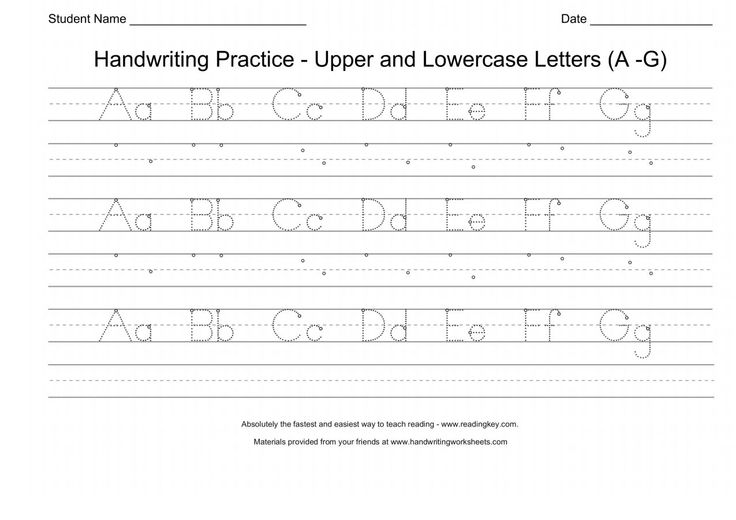 The breakdown of the register and the accompanying fear of transition are often due to constriction of the pharynx. You should not compensate for the uncertainty in the transition by pinching the throat. A small and even flow of air through the glottis helps to achieve proper coordination of the vocal cords when approaching the lower notes. We simply hold the airflow resistance with the body, not the throat.
The breakdown of the register and the accompanying fear of transition are often due to constriction of the pharynx. You should not compensate for the uncertainty in the transition by pinching the throat. A small and even flow of air through the glottis helps to achieve proper coordination of the vocal cords when approaching the lower notes. We simply hold the airflow resistance with the body, not the throat.
Solution: Sing on the letter "V", trill with the tongue, trill with the lips in a five step downward sequence. All these exercises provide the necessary amount of air in the middle register. Then you need to transfer these articulatory settings to vocalization with vowels, trying to keep the same sensations. Remember, healthy singing is 90% feeling work, not listening to yourself.
Correct head position.
Most of you have seen the typical "oratorio" mezzo-soprano position, in which the singer pinches her throat with her lower jaw or chin.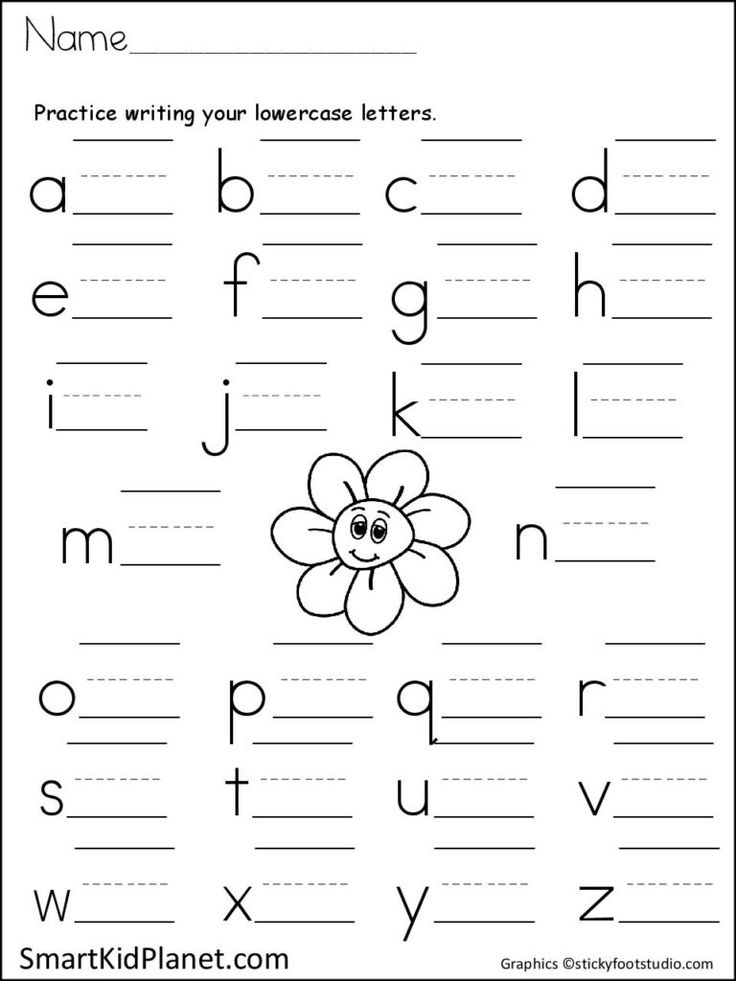 As a result, the sound is noisy, of a dark timbre, not only unpleasant to the ear, but also non-flying. A huge number of mezzos literally press their chin into their throats, thinking that in this way they will get more dark colors in their voice. (This technique also creates a false impression of a larger sound, although in fact it is reduced in volume by 30-40%.) Real colors in the voice come from sonority or resonance. On the contrary, a depressed larynx leads to less and less sound production and less and less audibility in the hall. The only way to achieve dark tones in the voice is to "round the vowels" with an oval mouth shape. This lengthens the vocal tract and contributes to a rounder, warmer tone.
As a result, the sound is noisy, of a dark timbre, not only unpleasant to the ear, but also non-flying. A huge number of mezzos literally press their chin into their throats, thinking that in this way they will get more dark colors in their voice. (This technique also creates a false impression of a larger sound, although in fact it is reduced in volume by 30-40%.) Real colors in the voice come from sonority or resonance. On the contrary, a depressed larynx leads to less and less sound production and less and less audibility in the hall. The only way to achieve dark tones in the voice is to "round the vowels" with an oval mouth shape. This lengthens the vocal tract and contributes to a rounder, warmer tone.
Solution: Correct your posture while singing using the wall. In this case, the head should be directed strictly forward, and the neck should maintain a slight natural bend in the back. This will ensure you have the correct head position while singing in the middle and lower registers.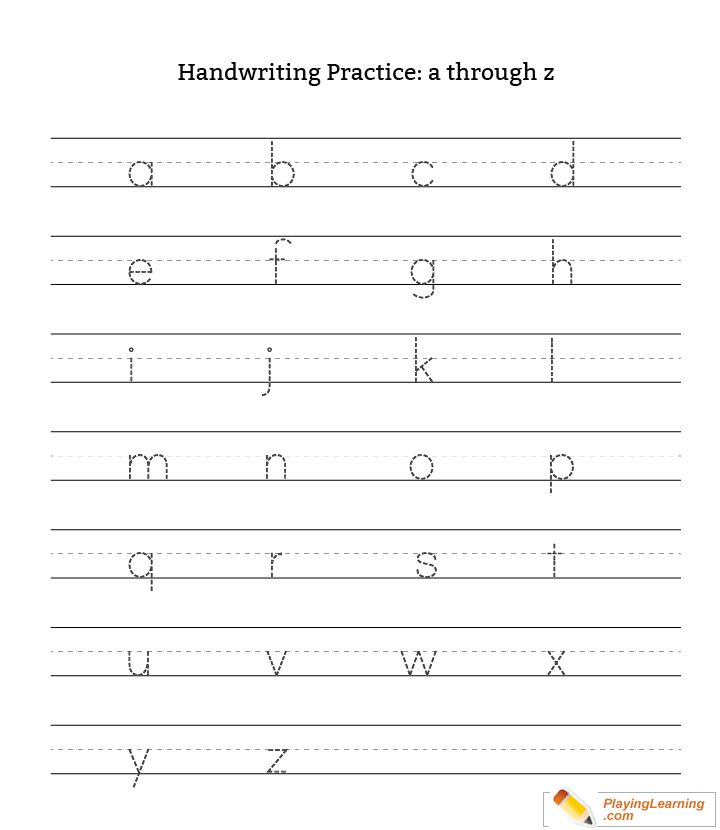 Remember, you don't have to hear much of your own sound yourself. Singers often pinch the chin, and with it the larynx, pushing the sound out of the sternum. The audience does not get anything from this, since the sound does not flow.
Remember, you don't have to hear much of your own sound yourself. Singers often pinch the chin, and with it the larynx, pushing the sound out of the sternum. The audience does not get anything from this, since the sound does not flow.
Filling the middle register.
Filling the middle register is a very important moment in the training of singers. In 1980 PBS broadcast a concert by Marilyn Horne, Joan Sutherland and Luciano Pavarotti. During the intermission, each singer was interviewed in which they talked about their exercises and their technique. Marilyn Horn spoke interestingly about the middle register and explained her sound during the descent to the bottom of the middle register. First of all, her vowels were rounded rather than widened. As I said above, this alone lengthens the vocal apparatus, which contributes to a warmer and richer timbre, without loss in vowel diction. However, another point that I find important for the middle register of female voices is the feeling that each note "sinks" lower and lower in the body during the downward movement, while the soft palate takes a constant high position.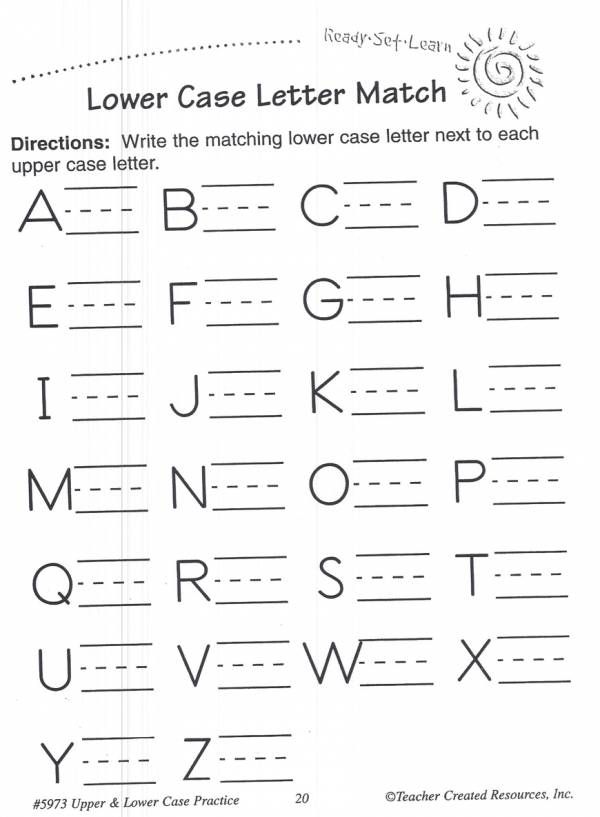 Such a feeling is just an increasing support, a support of the breath during the descent, a coordination that is initially difficult for women to learn. When this is achieved, the voice becomes larger and darker without loss of nasal resonance and high overtones.
Such a feeling is just an increasing support, a support of the breath during the descent, a coordination that is initially difficult for women to learn. When this is achieved, the voice becomes larger and darker without loss of nasal resonance and high overtones.
Solution : The exercise Marilyn Horne used was the same one that William Vennard learned from Alan Lindquest:
Playing the descending five step sequence, sing:
5, 4, 3, 2, 1 , 2, 3, 4, 5, 4, 3, 2, 1
u.....o.....a.....o.....u.....o. ....a
The singer needs to use a technique in which the voice "falls" lower and lower into the body, involving the lower abdominal muscles - the support. (The trilling of the lips can help the singer feel grounded in the lower abdomen.) This helps lower the larynx, and helps make the sound warmer, darker, and flyer. The shape of the mouth during this exercise is oval, the jaw goes straight back and does not open much in this part of the range. This exercise helps the singer to catch the chest resonance without switching to the chest mechanism.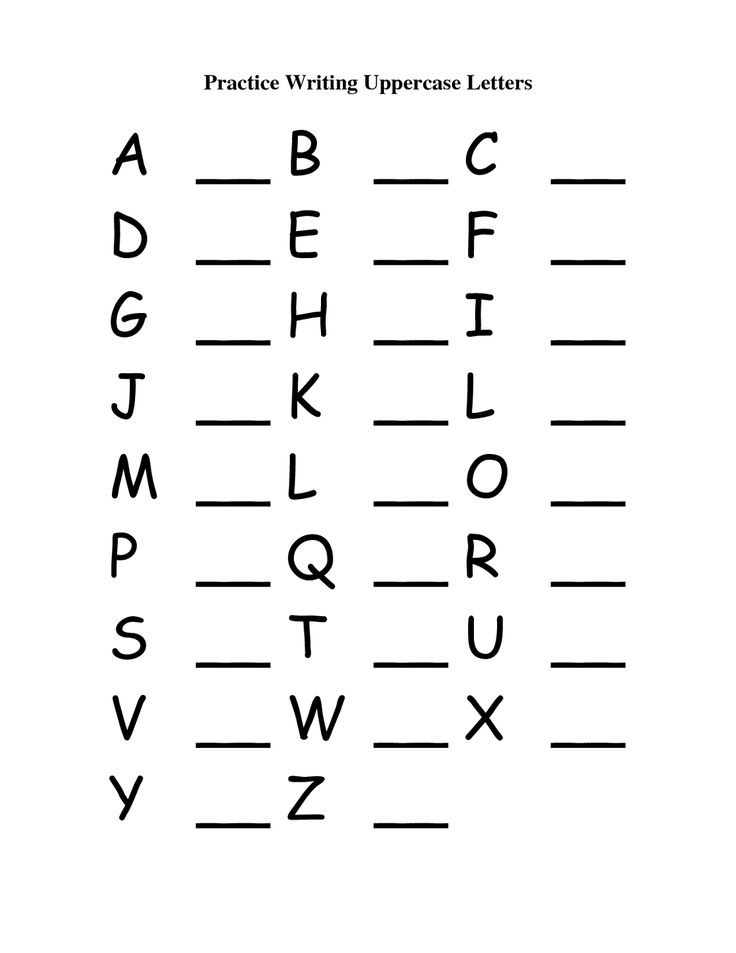
Negative effects of protrusion of the lower jaw.
Not every singer can sing correctly, protruding the lower jaw forward. It is necessary to constantly develop the correct movement of the jaw. When she goes forward, the larynx rises, and the tongue falls back. This makes the voice smaller and predetermines a big fracture during the transition. It also robs the timbre of high overtones. The reason for this fracture is that when the jaw is forward, the ligaments cannot fully close. As a result, a hoarse sound and a fracture appear.
Solution: Sing in this part of the range, controlling the position of the lower jaw so that it does not protrude forward. Also, do not open your mouth wide in lower case. Use your fingers to push the jaw straight back so that the ligaments close naturally. (Remember: the jaw should not be pushed back.)
The habit of not listening to your own sound.
For most singers, the achievement is the ability to feel, not to listen.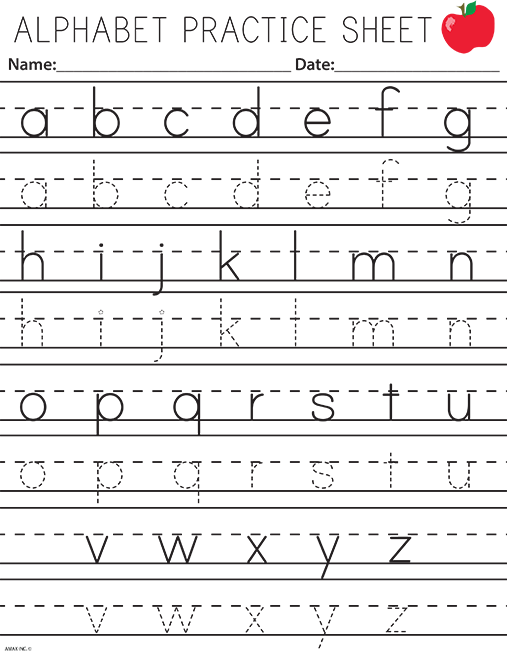 Alan Lindquest repeated this lesson after lesson. I compare this to the training of a dancer who needs to feel the position without looking at himself in the mirror. Singers cannot physically hear their real sound except on recordings. While singing in the lower register, the singers hear a very small amount of sound inside themselves, while the main tone and all the resonating overtones come out into the hall. It is important for the development of a singer to believe that a really big voice comes out of him. In the case of the lower female register, the sound inside will be soft, no matter how much sound comes out.
Alan Lindquest repeated this lesson after lesson. I compare this to the training of a dancer who needs to feel the position without looking at himself in the mirror. Singers cannot physically hear their real sound except on recordings. While singing in the lower register, the singers hear a very small amount of sound inside themselves, while the main tone and all the resonating overtones come out into the hall. It is important for the development of a singer to believe that a really big voice comes out of him. In the case of the lower female register, the sound inside will be soft, no matter how much sound comes out.
Solution: Although I myself teach singers not to listen, but to feel, sometimes the following method needs to be applied. Place your hands directly in front of your ears, but not behind them. Inside you, you will hear a small sound like a recording without an echo. Such a device will help to believe that the sound is really coming out. Recordings are also necessary, as this is the only way for the singer to hear his own voice and learn how it functions.